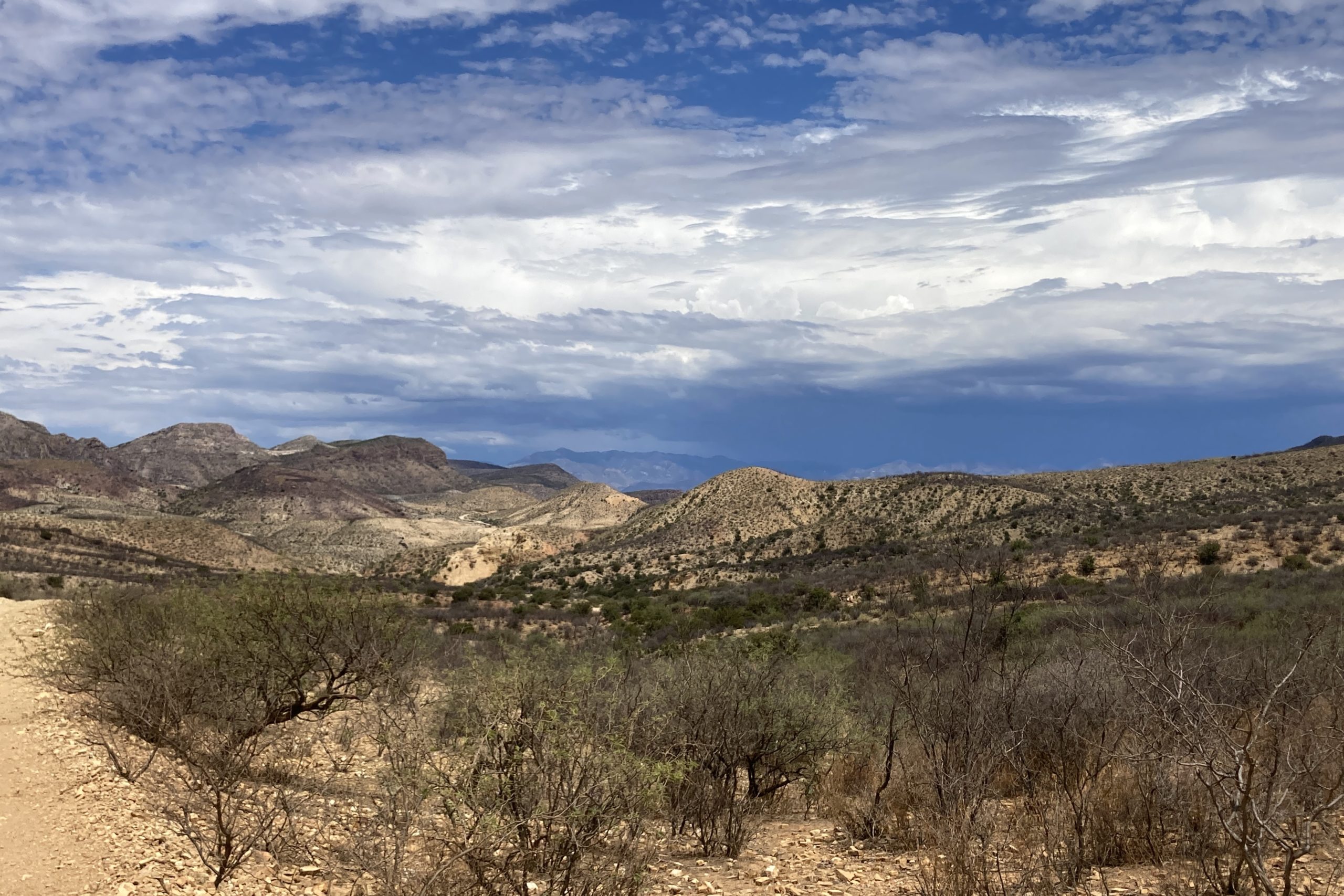Water in the Desert
I first visited Douglas, AZ in January 2021. Douglas is a border town in the southeast corner of Arizona, only 20ish miles west of New Mexico. It was dry, cold, and my focus was on documenting the last days of the border wall construction. I had no idea about the energía of water in the ecosystems of south east Arizona and north east Sonora, MX. I had not yet experienced the awesome force of the summer monsoon rains and how they create a second spring that turns the land green. The beginning of the rainy season is a celebratory event.
The term “monsoon” refers to the shifting winds that brings moisture into the southwest USA. Here’s how Arizona State University puts it: “During the winter time, the primary wind flow in Arizona is from the west or northwest—from California and Nevada. As we move into the summer, the winds shift to a southerly or southeasterly direction. Moisture streams northward from the Pacific Ocean and the Gulf of Mexico. This shift produces a radical change in moisture conditions statewide.”
I’ve been living in Douglas, AZ since January and am less than a mile from the international border shared with sister city Agua Prieta, Sonora, Mexico. The skies can be incredibly clear during the winter months, an blue infinite dome over the dormant, sienna landscape of dry scrub and leaf-less ocotillos. The monsoon started in June this year and it’s still quite the head-trip to witness a billowing, imposing thunderhead unleash itself. From my back deck I can easily follow the transit of a towering storm cloud as it makes it journey northward, buoyed by intense winds. And the landscape is now emerald green.
I’m intrigued by the metaphorical richness of the boundary-crossing summer monsoons and I’ve been looking for more ways water is present in the ecological territory shared between the states of southeastern Arizona and northeastern Sonora.
The monsoon rains don’t last past September. Luckily, the desert landscape harbors many mini-oases created by year-round water sources; seeps, springs, manantiales (en español). I learned more about these magical seeps through the guidance of Springs Specialist in the Spring Seeker program, a project of the Tucson-based Sky Island Alliance
June 24, 2022 – Seeking Manantiales in Esqueda.
Springs Specialist Ángel Octavio Garcia Godinez was born and raised in Esqueda, Sonora, MX – a beautiful, small town about an hour south of Douglas/Agua Prieta. Esqueda is in the foothills of the Sierra Madre Occidental mountain range, an interesting transition point between scrubby desert and higher altitude forests and an excellent place to find points where the ground water bubbles over. We arrived just as the rainy season was starting and everything was already starting to turn an emerald green.
Ángel developed a love of the land through his family background of fishing and hiking and seems to have an amazing understanding of all the water sources within a 100km radius of Esqueda.
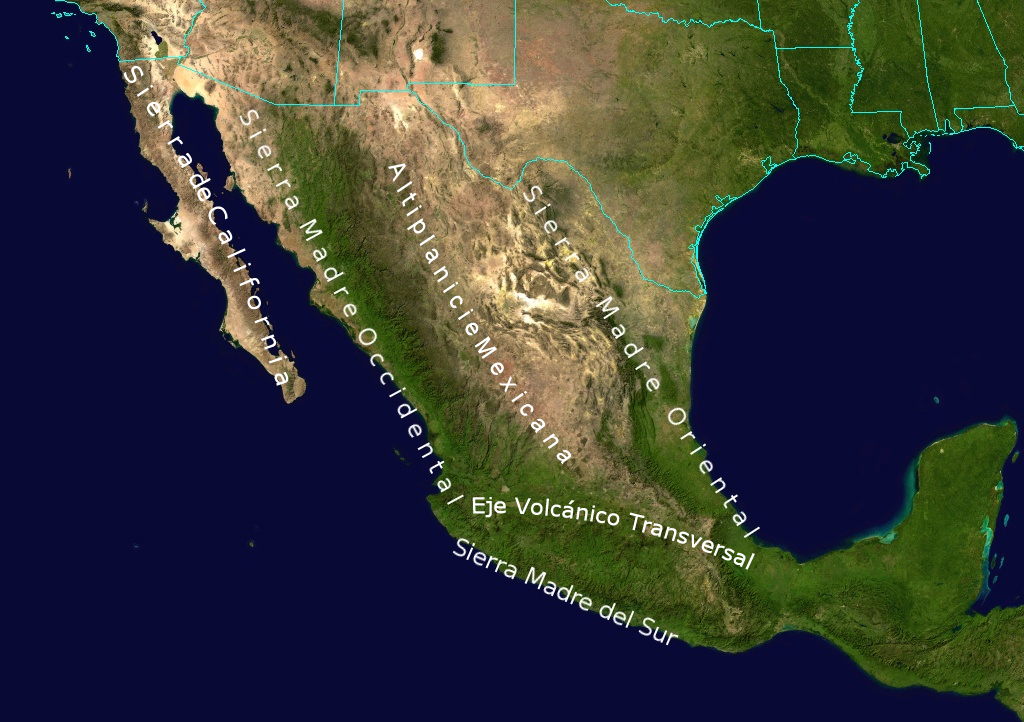
Image made by NASA via Wikipedia
The Crew
I’ve now spent seven months living in a border town. It’s a lovely position to be in and I’ve had the chance to meet a lot of wonderful people on both sides of the dividing line. One of those folks is the incredible Ammi Robles.
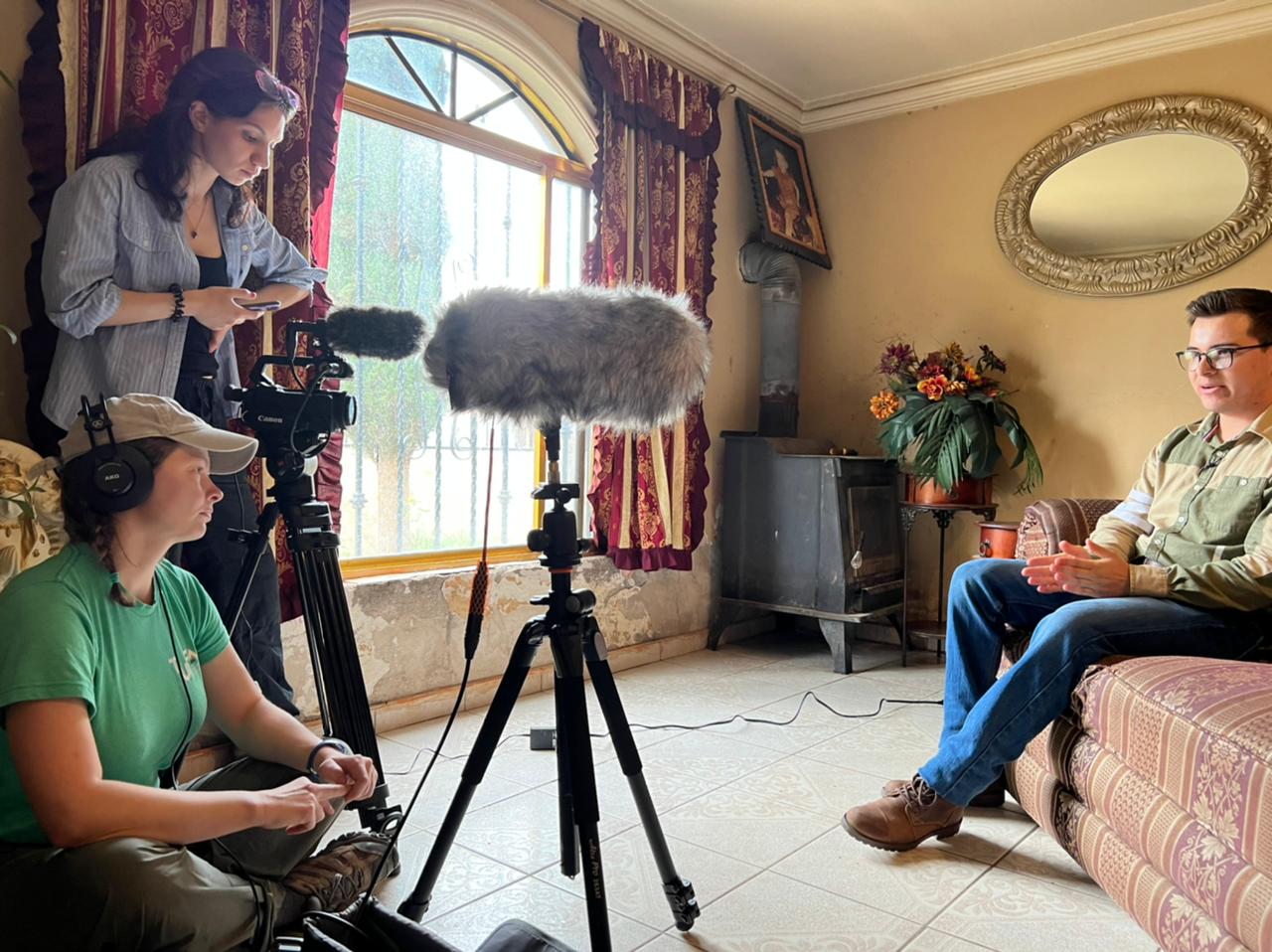
Ammi & Prudence interviewing Ángel. Photo by Carlos
Ammi is an artist, translator, performer, photographer, filmmaker who lives in Agua Prieta and was born in Hermosillo, Sonora. She produced, filmed, and conducted (most) of the June 24 interview with Ángel since my español is embarrassingly poor. I’m incredibly lucky to have her as a collaborator. Ammi’s mom, Maria Triny, availed herself as driver, assistant, photographer and cultural translator. Her warm and sharp presence was indispensable! Ammi’s friend, Carlos, also came along to serve as equipment assistant and photographer.
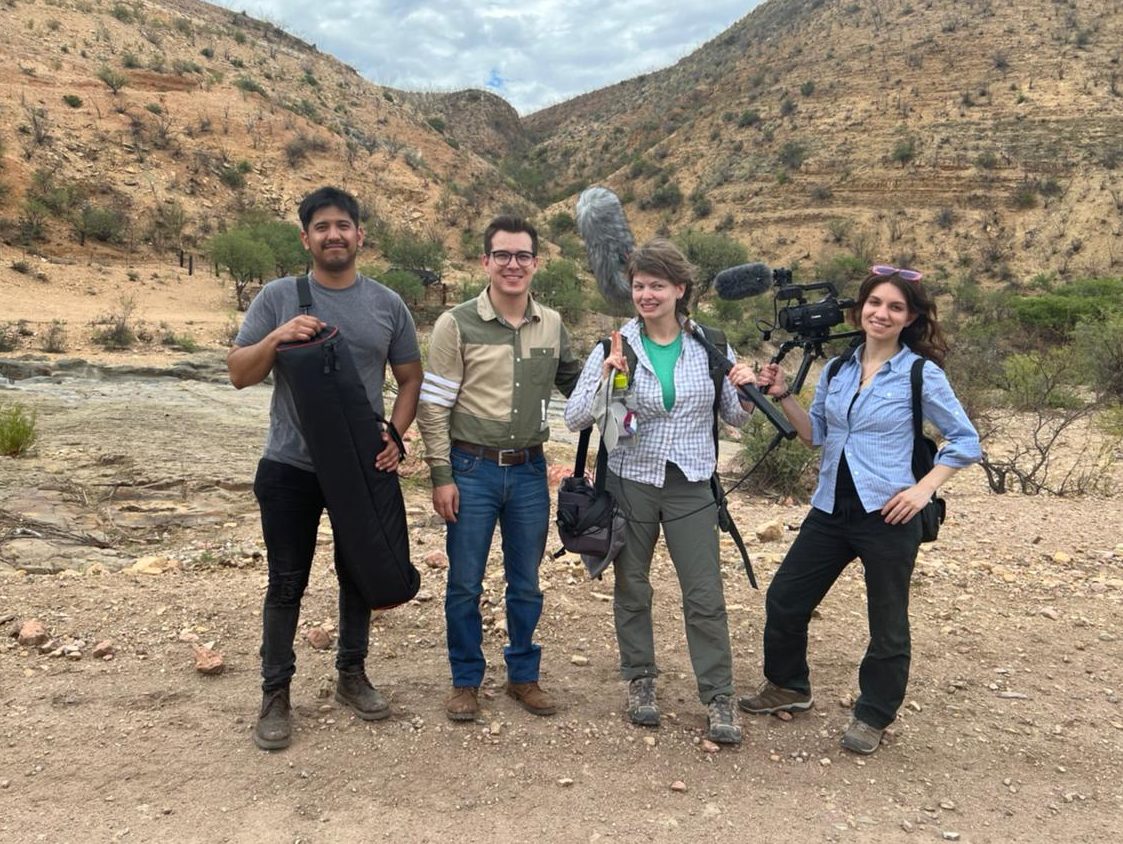
Carols, Ángel, Prudence and Ammi in Esqueda, SON, MX. Photo by Maria Triny.
We spent the morning interviewing Ángel at his family home in Esqueda. We even got the chance to interview his mother, Yolanda, about why nature is such an important part of their family life. We then went to a street side spot for a hearty lunch of pork tacos that were cooked up in a large steel bucket over an open flame. During lunch I learned the regional phrase for “food coma”, that intense sleepy feeling one gets after eating too much: mal del puerco.
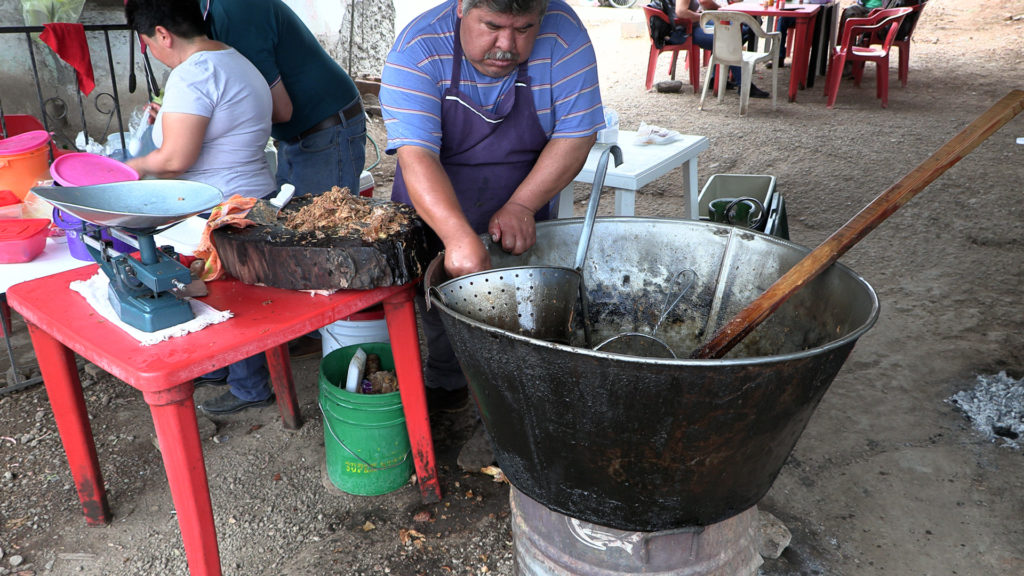
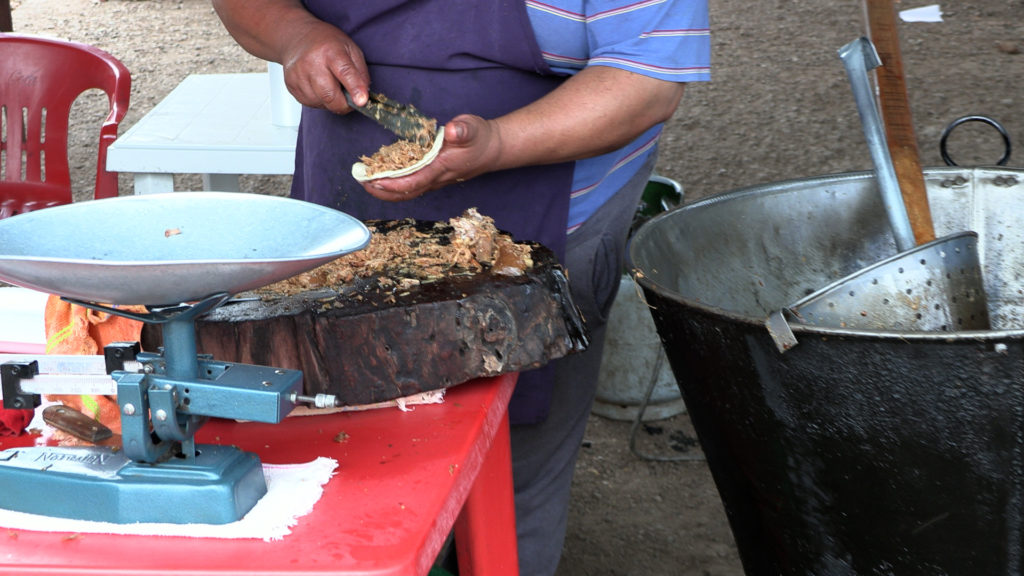
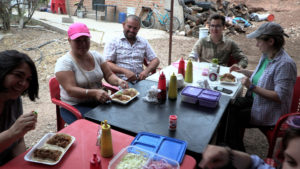
Despite some mild mal del puerco, we were able to be roused for a a tour of some of the springs near the town. The trek that we took is the same journey as the Ruta de Huellas de Dinosaurios. Huellas means “footprints” and this trail contains various sites of paleontological significance. We stopped to have a snack by the preserved footprints of a herd of large, duck-billed dinosaurs!
Many of los manantiales that we visited were at the mouth of small canyons, carved by thousands of years of water. The water flowed in most of them, but were slowed down to a trickle and were muddied by thirsty cattle. Part of Ángel’s work as a Spring Seeker is to work with local farmers on how they can help protect water sources so that wildlife and their own cattle can drink from it for years to come. Ángel also picked up a lot of trash while we were out and about.
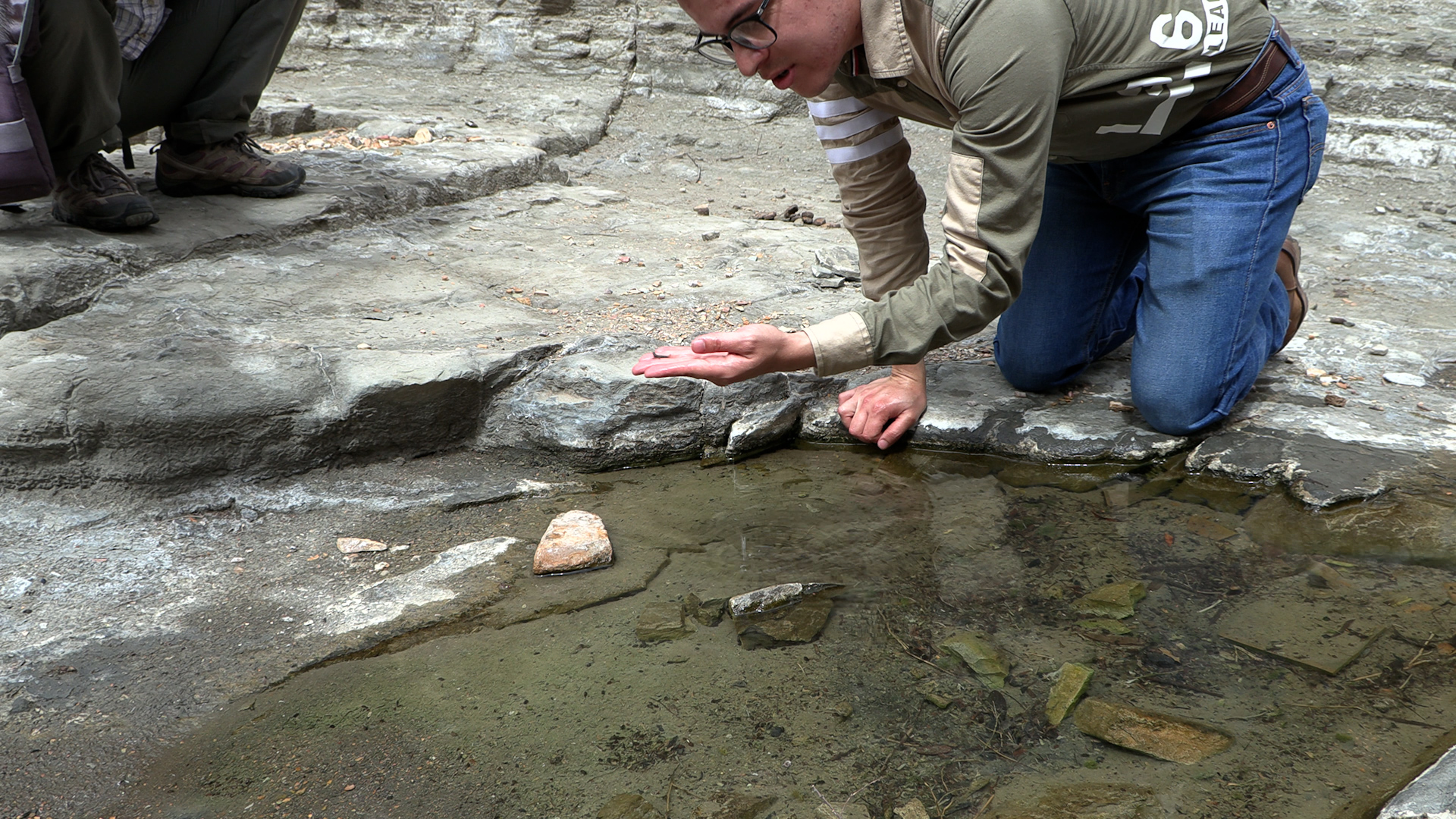
Ángel demonstrating some of the life that lives in the springs.
We hope to visit the same springs in the beginning of August and the trickle of groundwater will hopefully be a torrent!
I hope to write more about my equipment trials and tribulations in my next post… stay tuned!
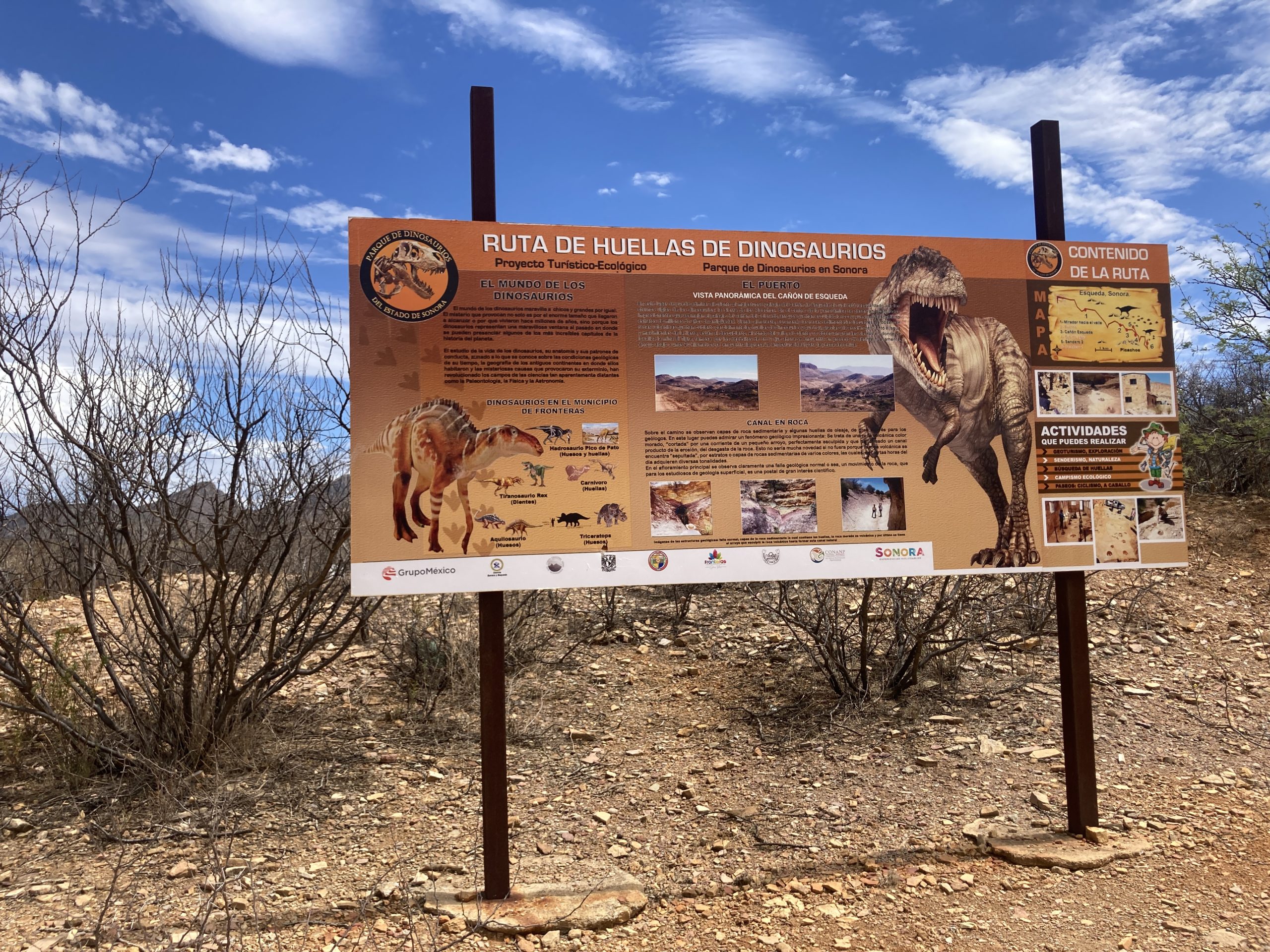
A sign for La Ruta de los Dinosaurios
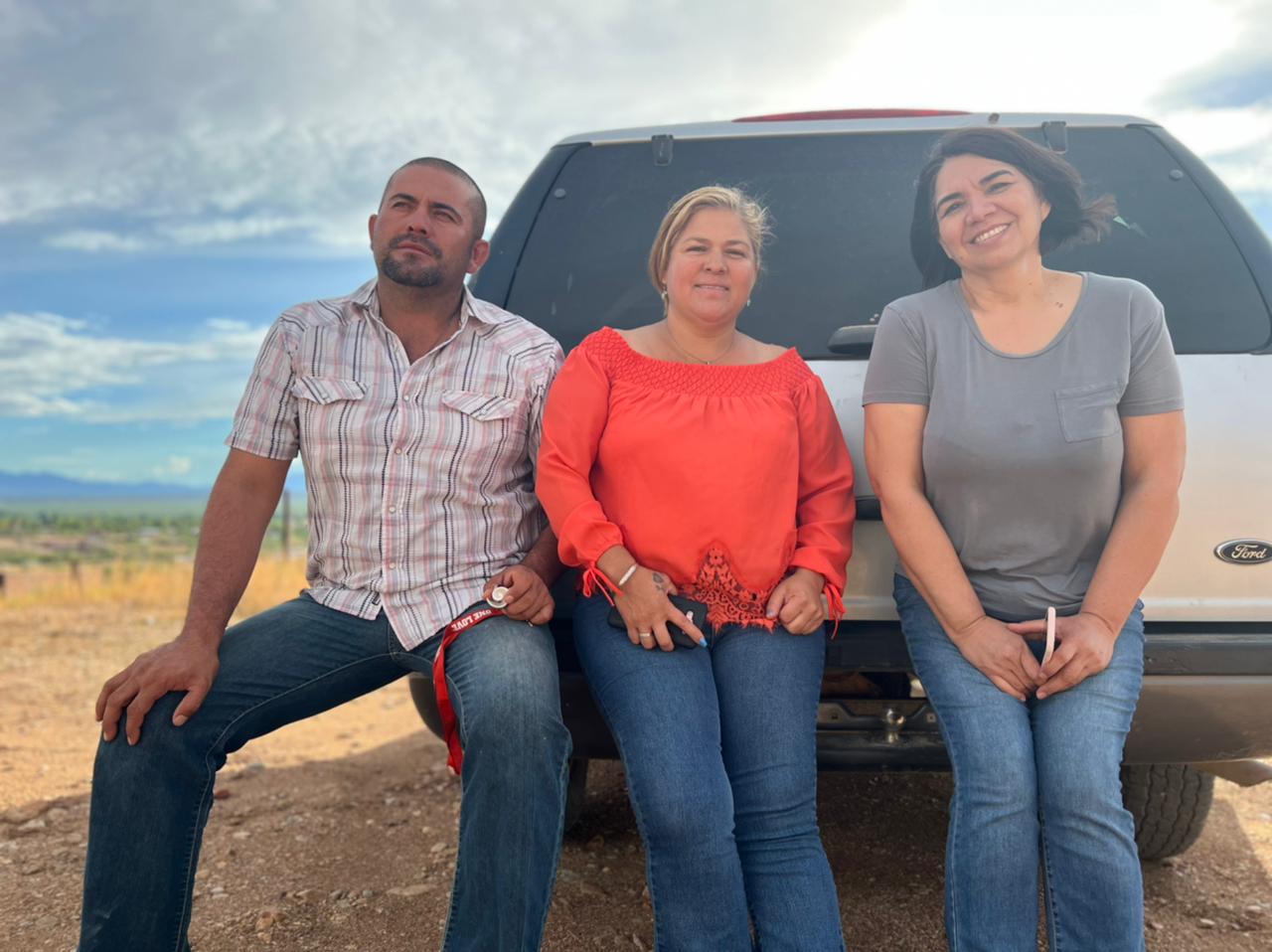
From left: Maria Triny and Yolanda (in the middle), Ángel’s mother. It was so fun to spend the day with these folks!
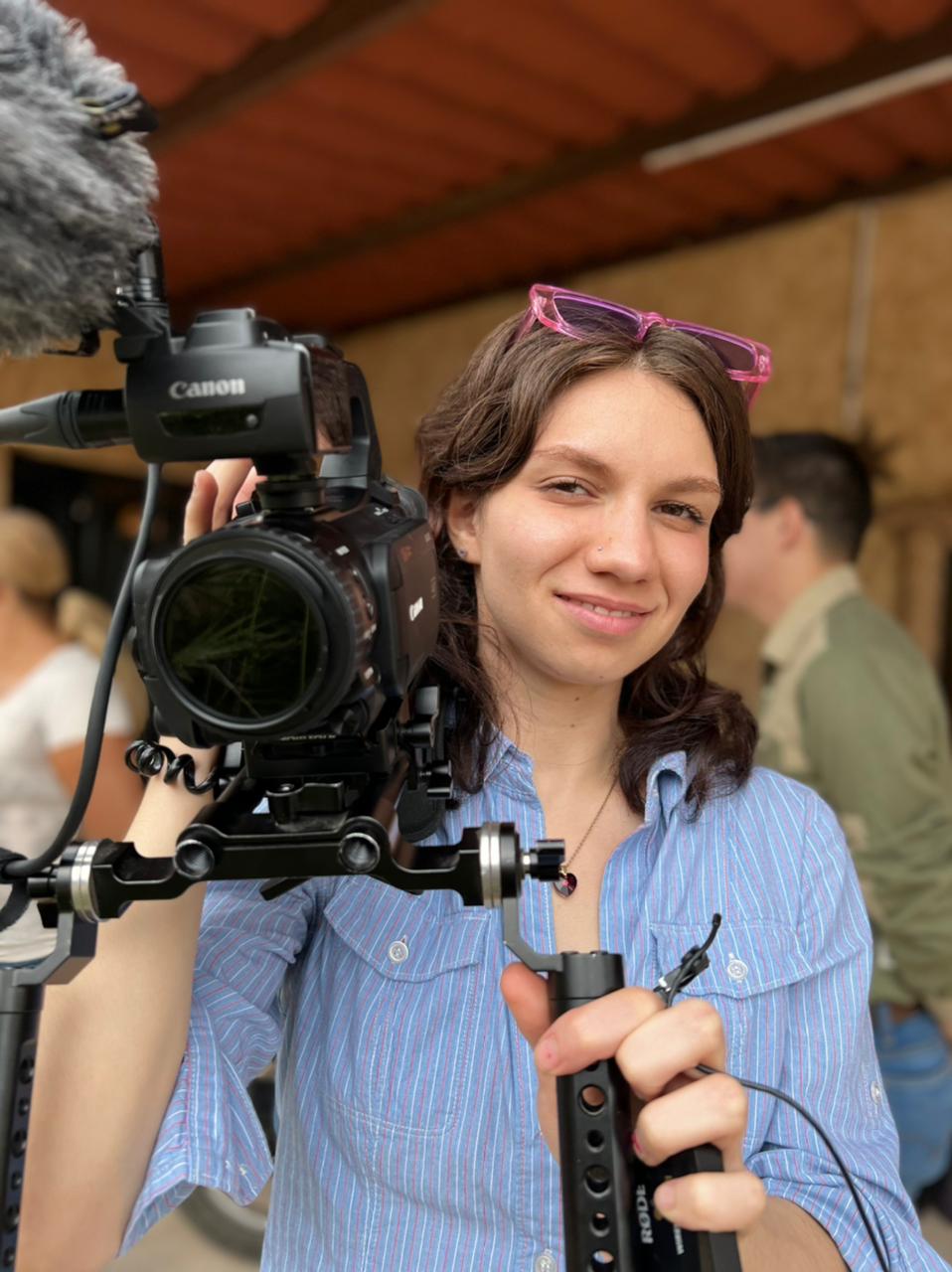
Ammi! Photo by Maria Triny.

Ángel and Yolanda. Photo by Carlos
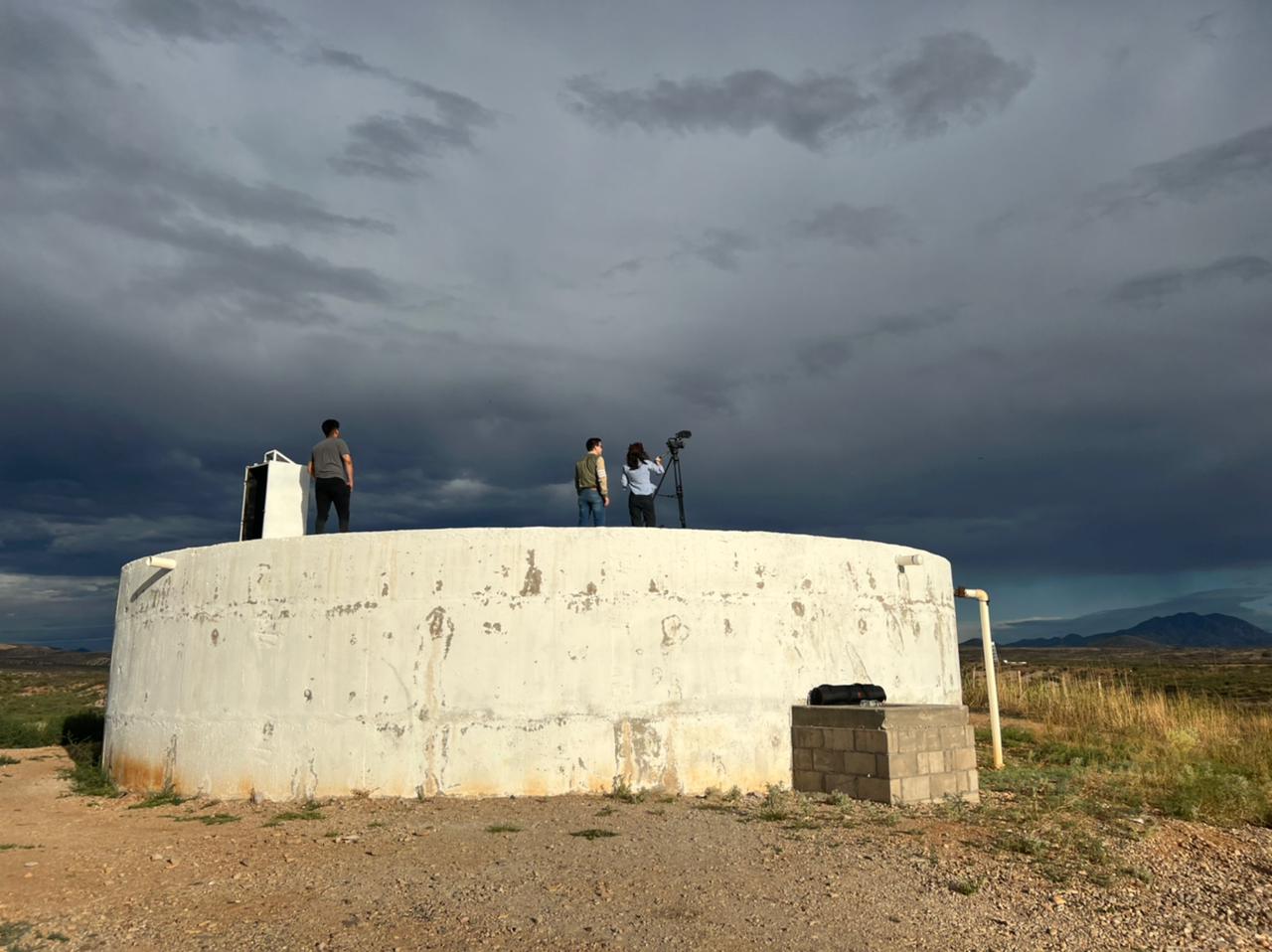
Carlos, Ángel, and Ammi are getting some landscape shots of the town of Esqueda.
